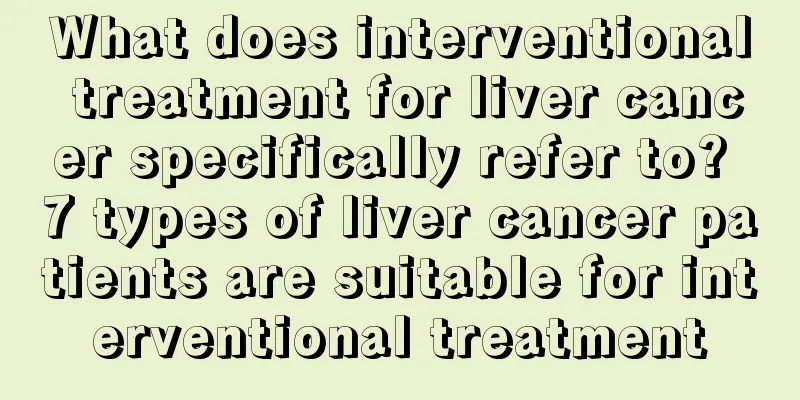Correct understanding of the transmission routes of avian influenza

|
Avian influenza is very different from the common cold. Avian influenza is an infectious disease of poultry caused by influenza A virus and is transmitted by the virus. It can easily cause epidemics among birds (especially chickens) and was called fowl plague among the people in the past. The mortality rate of poultry infection is very high. More dangerous viruses: Avian influenza viruses can be divided into three categories: highly pathogenic, low pathogenic and non-pathogenic. Among them, highly pathogenic avian influenza is a disease caused by H5 and H7 substrains (represented by H5N1 and H7N7). Highly pathogenic avian influenza is classified as a Class A animal disease by the World Organization for Animal Health because of its rapid spread among poultry, great harm and high mortality rate. my country classifies it as a Class I animal disease. Highly pathogenic avian influenza H5N1 is constantly evolving, and the range of animals it parasitizes (also called hosts) will continue to expand. It can infect mammals such as tigers and domestic cats. The proportion of normal domestic ducks carrying and excreting the virus has increased, especially in pigs, where it is more frequently detected. How avian influenza spreads 1. It is mainly transmitted through the respiratory tract, through close contact with infected poultry and their secretions, excrement, water contaminated by the virus, and direct contact with the virus strain. The virus is present in high concentrations in the feces of infected waterfowl, and is transmitted by the fecal-oral route through contaminated water sources. So far, no latent carriers of the virus have been found, and there is no definitive evidence of human-to-human transmission. 2. Humans can also be infected by direct contact with poultry infected with avian influenza virus and their feces or direct contact with avian influenza virus 3. Transmission is also through droplets and contact with respiratory secretions 4. If you directly come into contact with objects that carry a considerable amount of viruses, such as poultry feces, feathers, respiratory secretions, blood, etc. 5. It can also cause infection through the conjunctiva and broken skin |
<<: Bird flu symptoms, timely rescue
>>: Symptoms of influenza A, distinguish them
Recommend
What good ways do you have to protect the environment?
The quality of our living environment has a direc...
Osteosarcoma will shorten life expectancy by several years
Osteosarcoma is a distant and unfamiliar disease ...
What are the preventive measures to prevent esophageal cancer?
Esophageal cancer is a common tumor. The incidenc...
Eating purple grapes actually has these benefits
Grapes are a common fruit in daily life. Grapes a...
Experts analyze the symptoms of advanced cardia cancer
The symptoms of advanced cardia cancer are attrac...
Can running treat cervical spondylosis?
If a person suffers from cervical spondylosis, it...
What to do if there is a lot of residual urine
Urination is an activity that the human body perf...
Can you cut the nails of a newborn baby?
Everything about a newborn baby is new and fragil...
What are the hard bumps on the skin?
In daily life, pimples on the skin are not unfami...
What are the harms to the body after kidney cancer removal
The most common treatment for kidney cancer is su...
How to stick to quitting smoking?
As we all know, cigarettes are very harmful to th...
How long do bacteria remain in the basin where underwear is washed?
Underwear is our close-fitting clothing, and ther...
How to wash underwear
How to wash underwear so that it is clean and hyg...
4 small folk remedies to treat laryngeal cancer
Patients with laryngeal cancer often experience u...
How to treat seasonal diarrhea
Diarrhea itself is a very common disease in life....









